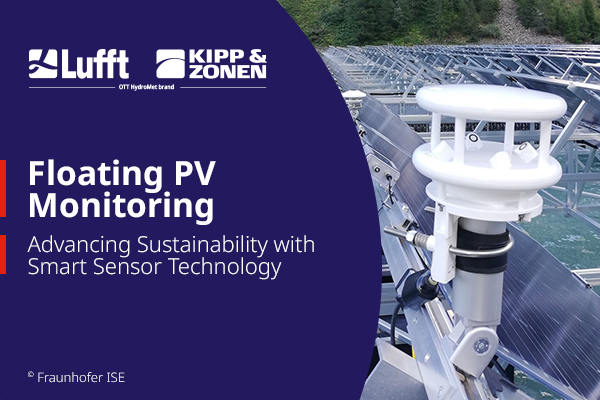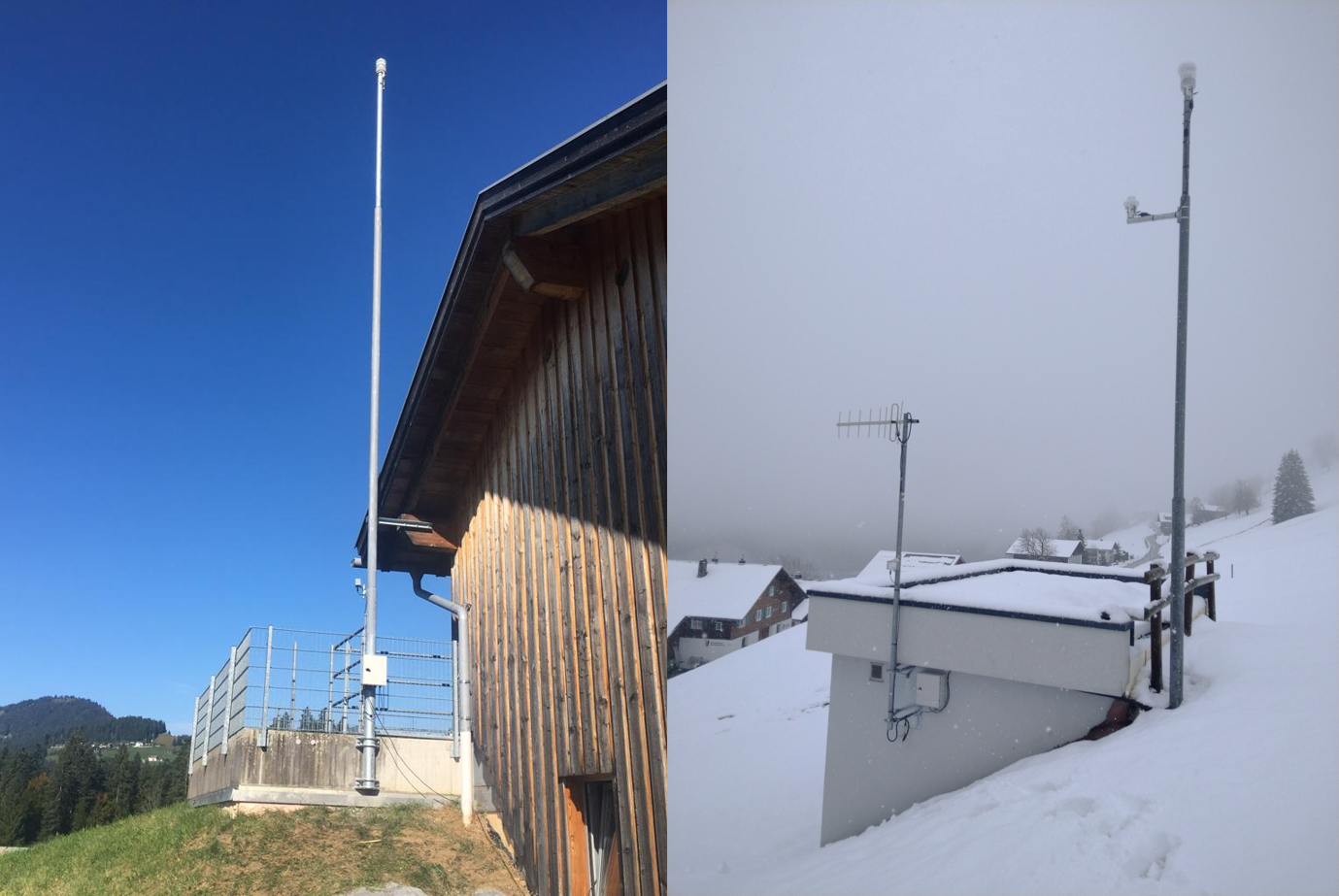All of the digital Lufft sensors of today evolved from the mechanical sensors of the past. The first one to be sold by Gotthilf Lufft, the founder of Lufft, was a barometer. He wanted to produce his own devices instead of importing them from France. The second and third-introduced measurement instruments were an altimeter and a compass. Step by step the portfolio grew, and Gotthilf proved to be an extremely market-aware innovator – this was towards the end of the 19th century. How these innovations have taken their course at Lufft up to now is shown in this blog post about the applications of our ultrasonic wind sensor VENTUS and the family of compact weather sensors…

High speed train equipped with WS400-UMB
Nowadays the smart measurement tools run automatically and are remote controlled. Our philosophy is to offer highly flexible, modular, all in one sensor systems in order to cover the whole market and meet all customer requirements – no matter if they come from the meteorology, solar or wind energy industries.
The result is the weather sensor family; a modular and multifunctional sensor portfolio with an open UMB protocol. The most robust, outstanding WS member is the VENTUS–UMB. It refers to an ultrasonic anemometer made of stainless and very strong metal, which is also used for ship propellers. This is clearly a critical component for the operation and the safety of wind power plants. Before a wind energy station is accepted, there are many obstacles that have to be overcome, and the highest possible reliability is necessary. The evidence and documentation which needs to be handed over to the customer can be compared with a whole “application dossier”. Successful corrosion, vibration, ice and HALT (destruction) test certificates must be presented to the wind turbine operators. “Absolute absence of errors” should be reached with the help of continuous improvement processes.
However, the product price should be very low. Lufft has proven to be a high quality partner, and goes through lengthy acceptance processes in order to achieve the best possible products. Its robustness was also confirmed by the International Technical Inspection Agency. The Lufft Ultrasonic Anemometer VENTUS–UMB successfully completed the test at the International Technical Inspection Agency TUEV SUED, and was certified with the Protection Class IP68. It proves that it’s protected from infiltration of dust as well as from water even in deep depths.
Therefore it performs very well for offshore applications – no matter whether on ships, turbines or data buoys. They are designed for harsh conditions and withstand vibrations, dust, ice, extreme wet, corrosive environments and bird attacks – such problems are common in environmental equipment. In order to prevent freezing, a heating system is also included. Through the available outputs NMEA, UMB-ASCII, UMB-Binary, MODBUS (ASCII, RTU) and SDI-12, the anemometer can be integrated into any existing wind turbine control system given its extreme flexibility of communication.
But for what kind of applications is the VENTUS–UMB in use?
It has recently been very successfully deployed in two large projects that demonstrate the worth, and the versatility of the system. In meteorology, Germany’s largest weather service DWD is considered a major operation with the most exacting criteria. The authority operates the largest monitoring network in Germany. It consists of primary, secondary, and maritime systems delivering weather data on a regular basis. In a big tender of last year, the DWD called for new wind sensors to replace the old equipment and to extend the existing maritime monitoring network. This network includes weather stations on DWD research as well as commercial and government vessels. The obtained measurement data are of great importance for the calculation of weather forecasts.
Applicants needed to meet a great number of harsh requirements, which only a few companies in the world are able to comply with. Through this, the list of candidates was shortlisted quickly. Among other necessities, the anemometers needed to have a closed and very robust design. Since the advantages of this design inevitably lead to the reduction of measurement uncertainty, detailed minimum standards were required for wind speed and wind direction. In order to test these and other requirements, specific tests were conducted in the DWD wind tunnel.
Winning this tender is the second success that the measuring and control technology company has chalked up with the German Weather Service within a very short period of time. Earlier, the DWD had already opted for the Lufft cloud ceilometer CHM 15k.
Lufft sensors in use of Chinese high speed railways
In another case, Lufft technology has been used in extending the infrastructure for high speed trains. High-speed trains that reach speeds of nearly 400 km/h (250 mph) are now standard in China. With 9,300 km (5,800 mi) of rail lines in service, China is the world’s current record-holder. Last year, the high-speed rail lines were about to double to 18,000 km (11,000 mi).
In extending the existing network of high-speed rail lines, the construction companies are relying on Lufft sensors to monitor environmental conditions. Special wind measurement systems need to to ensure that the trains remain on track even at high speeds and winds. In the last business year alone, 400 Lufft compact weather stations were installed every five kilometers along the high speed tracks. They deliver real time measurements to the control centers continuously. As a reaction to critical environmental conditions, they trigger an automatic adjustment of the train speed. Besides Ventus devices, also WS400-UMB, WS500-UMB as well as WS600-UMB all-in-one sensors were installed last year.
As the safety level must be very high and the data must be delivered gapless, all of those measurement instruments run in redundancy. In the coming years, China will continue extending its railway network. One major project is on the way from Lanzhou to Urumqi, where a new 1,700 km (1,000 mi) high-speed line is being built under critical environmental conditions. Lufft provides the wind measurement systems for this project and will continue to help ensure safe transportation of people and property across the network.
These examples prove the reliability of the VENTUS and the WS family. As the listed applications all have tough rules in common, our weather sensors proof to be flexible and easy to handle – no matter for which kind of use. If you want to find out more about these technologies, please find product related links below:


